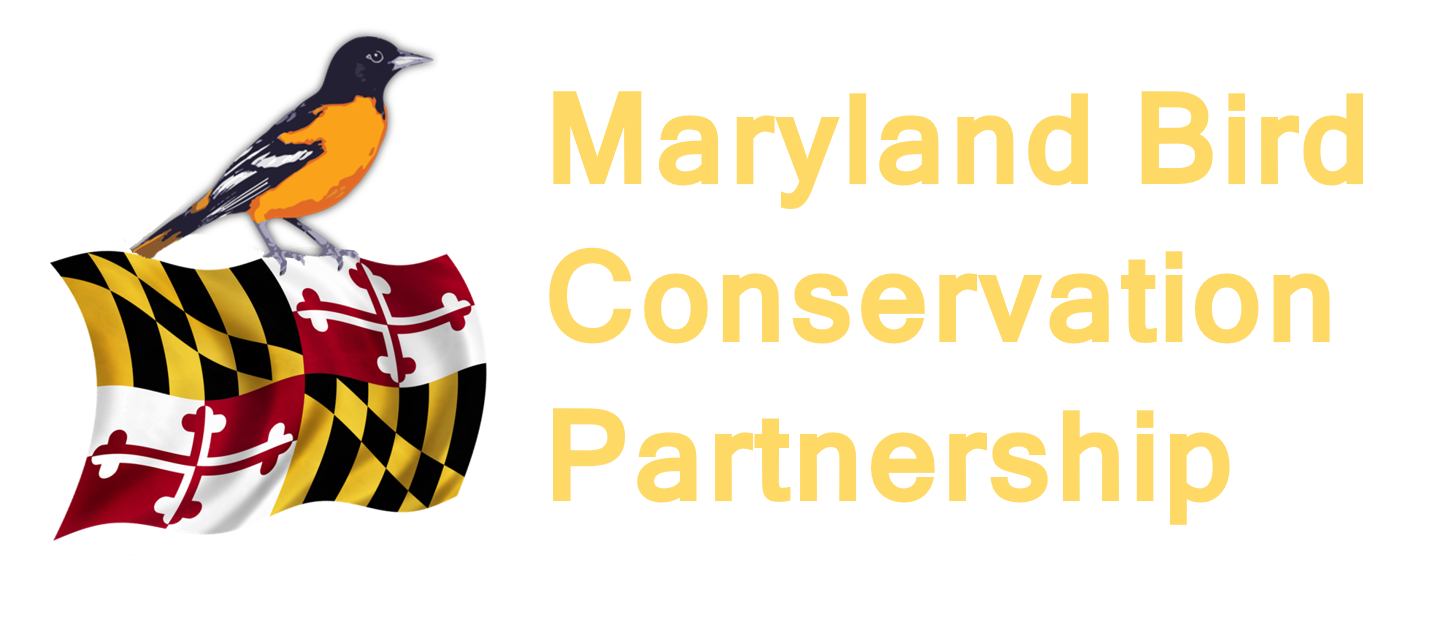Maryland Bird Conservation Update - October 2020
Do Chimney Swifts use your chimney?
Chimney Swifts have experienced a 67% population decline since 1970. This is due to the huge reduction in insect populations and loss of their preferred nesting habitat - chimneys. We want to find out where Chimney Swifts are nesting and roosting and also where existing Chimney Swift towers have been installed. Help us reduce the decline of swifts in Maryland by visiting the Chimney Swift program page.Is your property Farmland Raptor ready?
The Maryland Farmland Raptor Program wants to know where these raptors are seen as well as potential farmland and fields for nest boxes. If you have seen a nesting American Kestrel or Barn Owl please report those to us. If you are a landowner or know one who has the habitat to support one of these raptors we want to help get nest boxes installed. Visit the Farmland Raptor Program page to help us reverse the populations declines of these valuable raptors.
REMINDER: Get out and VOTE for birds & people
Tuesday, November 3, is election day. Please vote and make sure your family and friends vote, too!
Promote your business to birders and tourists
The Maryland Birds & Business Alliance is a partnership to promote local businesses who support conservation in action. A directory of Alliance businesses and a window decal will show birders, tourists, and community residents that your business cares about birds, conservation, and birding tourism. Join the Alliance today!
Species Profile: Blue Jay
Blue Jay © Derek / Adobe Stock
One of the loudest and most colorful birds of Maryland backyards and woodlots, the Blue Jay (Cyanocitta cristata) is unmistakable. Intelligent and adaptable, it may feed on almost anything, and it is quick to take advantage of free birdseed.
Besides their raucous “jay, jay” calls, Blue Jays make a variety of musical sounds, and they can do a remarkable imitation of the calls of Red-shouldered and Red-tailed hawks. Not always conspicuous, they slip furtively through the trees when tending their own nest or cruising to rob the nest of another bird.
This member of the crow family breeds in deciduous or mixed woods, avoiding purely coniferous forest. They are common in well-wooded suburbs or city parks. Both parents feed what are typically 4-5 nestlings which leave the nest about three weeks after hatching.
While Blue Jay numbers declined when eastern forests were felled by Europeans, they have since recovered and are continuing to expand their range westward.
Omnivorous, these beautiful blue corvids feast on acorns, beechnuts, and other nuts, many kinds of seeds, grain, berries, and fruits. While more than three quarters of their diet is vegetarian, they do eat caterpillars, beetles, grasshoppers, snails, birds' eggs, baby birds, and sometimes small rodents, frogs, and carrion. Like other crows, they will mob birds of prey both inside and outside the breeding season. (Audubon)
We’re lucky to have a common species with such uncommon beauty in Maryland.
Partner Profile: Audubon Naturalist Society
The Audubon Naturalist Society (ANS) inspires residents of the greater Washington, DC, region to appreciate, understand, and protect their natural environment through outdoor experiences, education, and advocacy. As such, they are an important partner and contributor to the Maryland Bird Conservation Partnership.
The Society is the oldest independent environmental organization in the DC region. They have pioneered the art of linking conservation activities with environmental education.
Every year they reach more than 9,000 children nature preschool and family, scout, school, and camp programs. They also offer adults a rich variety of natural history classes, local outings, and national and international travel experiences.
ANS works with a network of civic and environmental groups on conservation issues, such as transportation, watershed and rural lands protection, and climate change. They own two nature sanctuaries: Woodend (Chevy Chase, MD), and Rust (Leesburg, VA).
They remain fearless advocates for regional reductions in greenhouse gas emissions and promote natural solutions like tree planting and green infrastructure. ANS also supports environmental justice campaigns that intersect with their conservation priorities.
MBCP is proud to call the Audubon Naturalist Society a partner.


